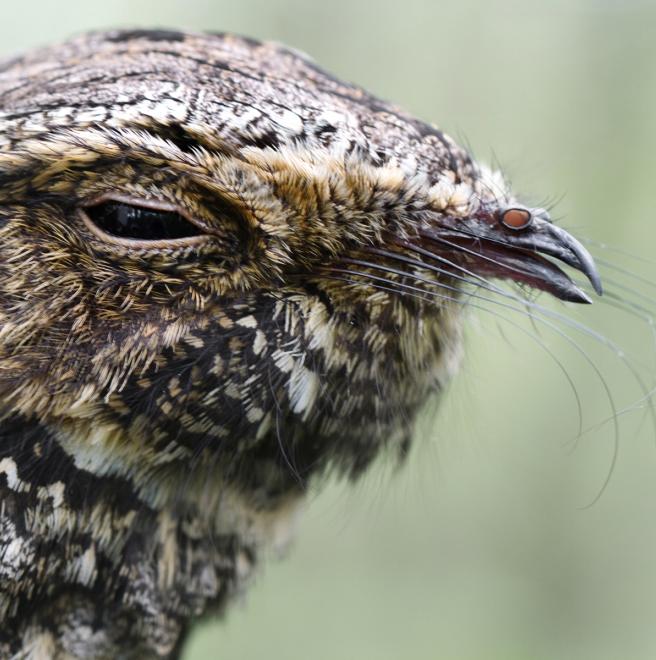

By 2080, Audubon's climate model projects this species to lose 78 percent of breeding range and 55 percent of non-breeding range, with almost none of either season's range remaining stable. The bird’s numbers are currently in decline, largely due to the loss of the open-understory forests they depend on, and its fate may be tied to how climate change affects its already disappearing habitat.
This elusive bird is a challenge to spot, even for the most seasoned ornithologists. Found in forests throughout the eastern half of the United States and southeastern Canada in the summer, it spends the winter from the southern United States south throughout Mexico and Central America. The Eastern Whip-poor-will is strictly nocturnal and stays hidden for the most of the day, only coming out in the evening to forage for insects. It’s most active in the dim light of dawn and dusk, but may continue foraging all night if the moon is bright enough. During the breeding season, it lays its eggs directly on the forest floor, where the parents take turns incubating them. Mostly a solitary creature, the bird spends most of its resting time perched motionless and alone in low-hanging branches.
Explore more birds threatened by climate change around the country.





















It's easier than you think to make a difference. Become an Audubon member today to help birds facing climate change.